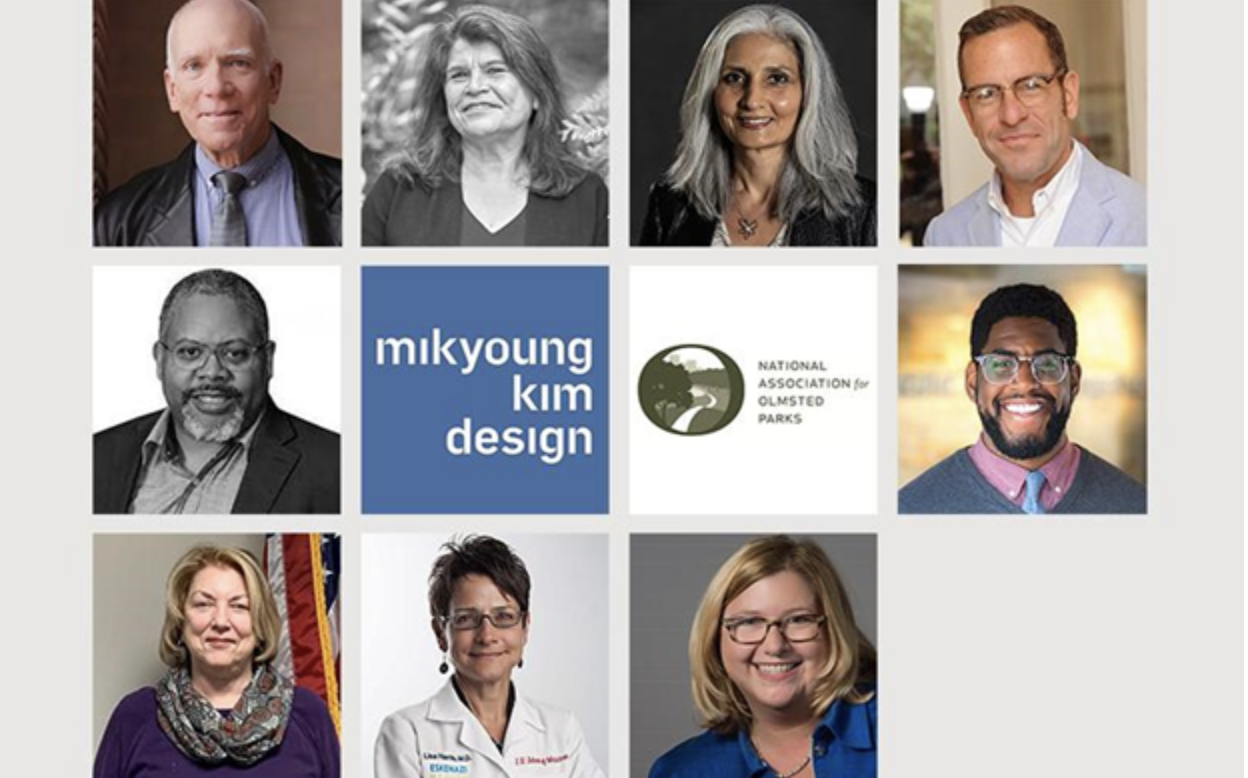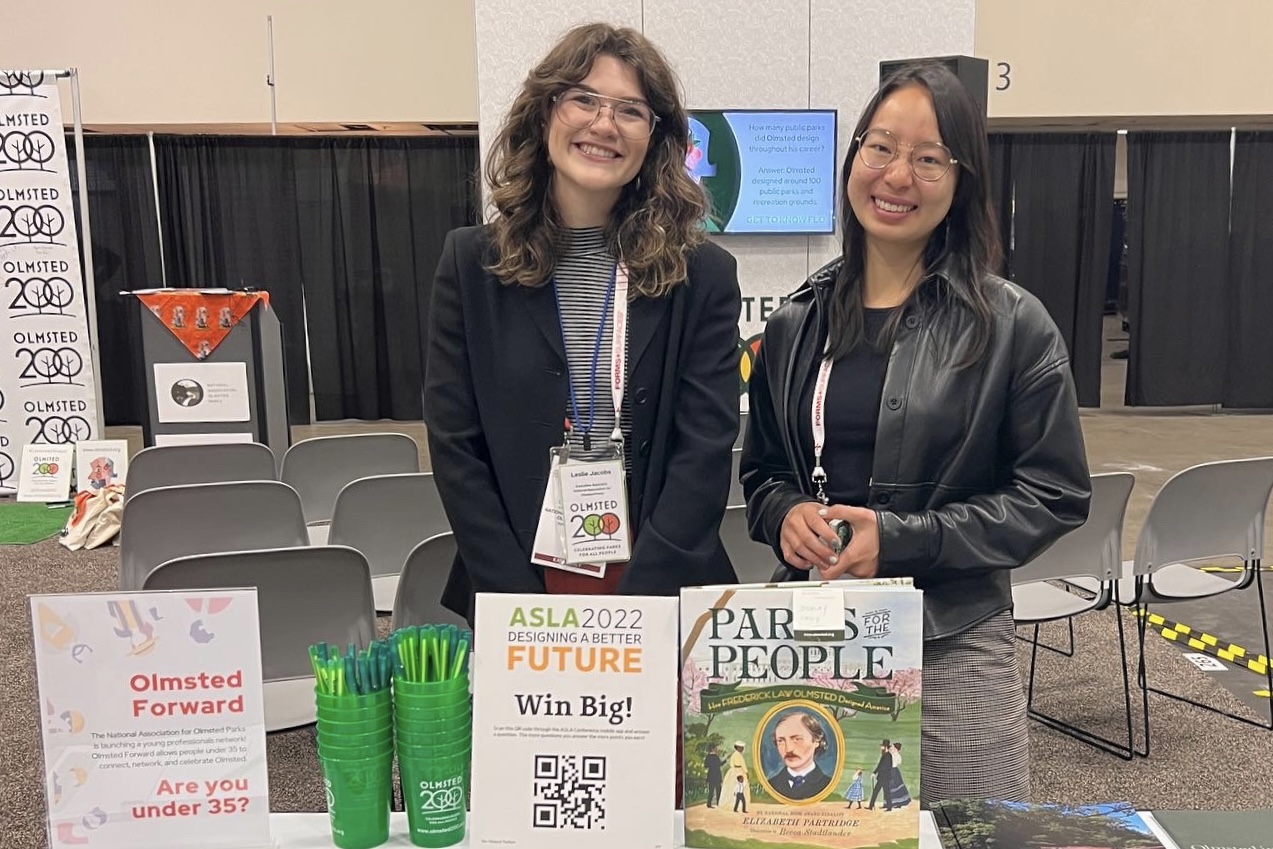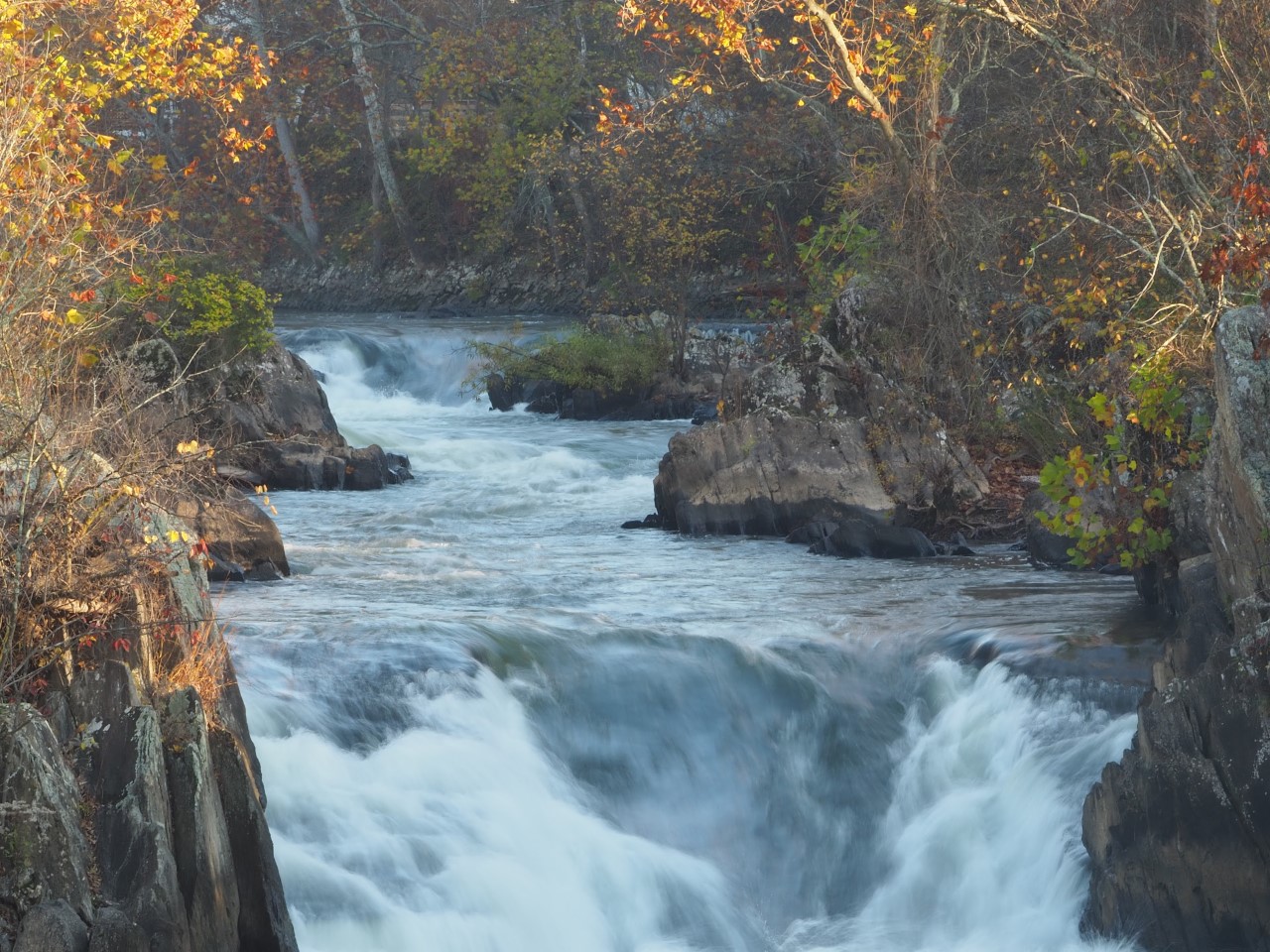2024 marks the 125th anniversary of the American Society of Landscape Architects (ASLA). Established in 1899, the professional association was instituted by eleven founding members, including President John Charles Olmsted and Frederick Law Olmsted, Jr. Today, the organization has grown to serve more than 15,000 professionals and students in the field.
On February 20, the Olmsted Network welcomed ASLA for a webinar, Conversations with Olmsted: ASLA at 125—Exploring the Future of Landscape Architecture. Speakers included moderator John King, San Francisco Chronicle, Urban Design Critic; Torey Carter-Conneen, ASLA, CEO; Kate Orff, FASLA, SCAPE; and Thomas Woltz, FASLA, Nelson Byrd Woltz Landscape Architects.
King and the panelists covered a lot of ground in the hour-long, informal discussion. It centered on understanding how the landscape architect’s role has evolved since the ASLA’s inception and discussing how the profession can best engage with the public.
To frame the discussion, King began with individual questions about how landscape architects balance the global environmental issues they seek to mitigate with the need to make their work accessible and impactful. Carter-Conneen stressed the importance of avoiding jargon and offering solutions to communities’ immediate and long-term needs.
Asked whether landscape architecture had become over political, Woltz replied, “I think it’s our honor to have a role that is political. It’s even, in some ways, our duty to take up that challenge and stand by it. When it comes to the societal issues of the day, this profession and its training is uniquely prepared to tackle so many of the issues we face. Each of them has a political thread that can be confronted through the landscape.”
Orff agreed. She pointed out that the scale of what landscape architects face today is far different from what Frederick Law Olmsted faced in the 19th century, a period of urbanization. “The challenge we face today is that there was a matrix of decision-making— intentional and not— that created the climate emergency.” Orff today seeks to assess problems “in terms of a regional scale, and to think beyond the single city or property owner. To think of a regional ecosystem, and then work at a smaller scale to conceive of projects that can be implemented.”
During the conversation, each panelist described projects that they felt best represented the ideals of the profession. Carter-Conneen told of how New Orleans addressed the heat island effect making sections of the city 9-degrees hotter than the surrounding area. After a comprehensive study, a massive tree planting effort ensured 72 neighborhoods had a 10% tree canopy at a minimum.
Orff described her firm’s work on the Tom Lee Park in Memphis, TN. The name of the park inspired by a selfless act of heroism that transcended race barriers, she explained the park is intended to be a “welcoming gesture” to visitors. “That park tried to grapple with difficult histories, but also make something new so there was a co-existence of civic life and challenges past, present and future.”
Woltz reflected about how, as a young landscape architect, he worked on a project in New Zealand that reforested a patch of land to its pre-colonial glory. Since then, he had returned and was able to walk among the full-grown trees and see the project actualized.
Becoming philosophical, he added, “Turning 50, I realize I won’t live long enough to see the major projects on the boards right now at Nelson Byrd Woltz realize their vision. And that’s just fine. That is a freeing moment to remind ourselves, and our clients, and our municipalities, that it’s not actually about our generation. It is for our generation to set in motion these giant projects on a local and regional scale.”
The entire conversation is available on YouTube here.
This event was the 17th webinar in our popular Conversations with Olmsted series. Hosted by the Olmsted Network, these programs examine different aspects of Olmsted’s far-reaching influence on America’s physical landscape and social fabric.











